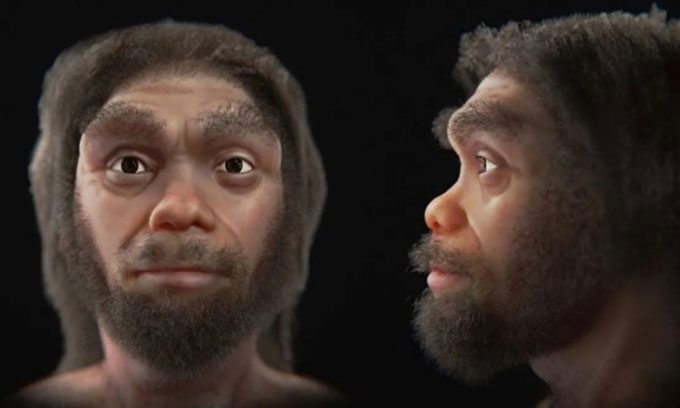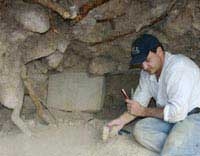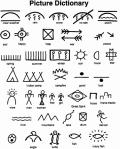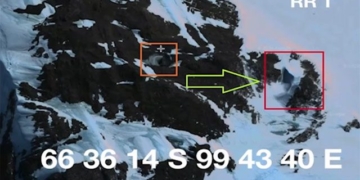Researchers Create a Reconstruction of the Dragon Man’s Face Based on a 146,000-Year-Old Skull in China.
About 150,000 years ago, a large hominin species known as Homo longi (or Dragon Man) roamed the misty forests of northern China. Despite its massive size, this ancient human was recently identified as a relative of modern Homo sapiens. The reconstructed image of the extinct Dragon Man may reveal what they looked like, according to research published in the journal Ortog Online.

The face of Dragon Man living in China today. (Image: Cicero Moraes).
Named after the Heilongjiang River in Harbin, China, H. longi first appeared in archaeological records in 1933 when construction workers discovered a complete skull while building a bridge. However, it was not until 2021 that researchers realized the skull belonged to an unknown species.
Dated to at least 146,000 years ago, the owner of the skull lived in East Asia at a time when modern humans were interacting with other close relatives, including Neanderthals and Denisovans. With its massive size and distinct facial features such as square eye sockets, flat and low cheekbones, and gigantic teeth, the H. longi initially appears to be a distant relative of three contemporary human species. Nevertheless, researchers suggest that in reality, Dragon Man is more closely related to modern humans than to Neanderthals.
To reconstruct the appearance of the ancient H. longi, Brazilian graphic expert Cícero Moraes created a digital model of the skull, using data and images provided by the authors of the 2021 study. The complete skull of another primitive hominin, Homo erectus, was then integrated to fill in the gaps in the teeth of H. longi and a few other missing teeth.
Next, Moraes added soft tissue markers based on CT scan images of modern humans and chimpanzees, and adjusted them to fit the contours of the H. longi skull. The result was a gray digital bust image utilizing objective data and reliable modeling techniques. Additionally, Moraes added hair and skin color to the model to make the appearance of Dragon Man more lifelike.
Based on the final model, Moraes calculated that H. longi had a head circumference of 65.1 cm. This measurement gives Dragon Man the largest head among hominins, comparable to that of gorillas and lions. According to experts who analyzed the skull two years ago, the large size of Dragon Man may have been an adaptation to the frigid temperatures in Harbin, which often drop to -16 degrees Celsius in winter.




















































